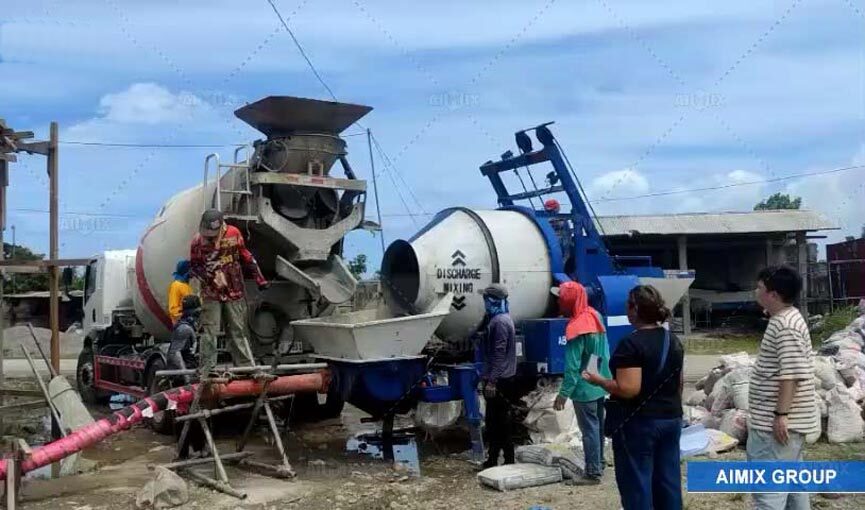The final pour completion marks not the end of your responsibilities but the beginning of a crucial maintenance window that determines your cement mixer pump's longevity and reliability. These sophisticated machines endure tremendous stress during operation, with concrete's abrasive nature and hydraulic systems' precision demands creating a perfect storm of potential wear issues. Proper post-operation care transcends basic cleaning—it represents a strategic investment in your equipment's future performance and your operation's profitability.
Neglecting maintenance after use leads to compounded problems that emerge during the next project, often at the most inopportune moments. The granular nature of hardened concrete can damage seals, impair moving parts, and compromise the precision components that make modern cement mixer pump so efficient. By implementing a systematic post-operation protocol, you not only preserve your equipment's value but ensure it's always ready for the next assignment without unexpected repairs or delays.
Comprehensive Cleaning Procedures
Thorough cleaning remains the most critical step in preserving your cement mixer pump's functionality. Begin with an internal flush using specialized cleaning compounds designed to break down concrete residue without damaging internal components. Utilize the pump's own system to circulate this solution, ensuring it reaches all internal passages and valves that might harbor setting concrete particles. This proactive approach prevents the gradual accumulation that eventually leads to reduced flow rates and increased pressure demands.

External cleaning demands equal attention, particularly around the mixing drum and pumping mechanisms. High-pressure washing removes concrete spatter that might interfere with moving parts or conceal developing issues like leaks or cracks. Pay special attention to the roller paths and mixing blades, where accumulated hardened concrete can create imbalance and premature wear. Always allow adequate drying time before storage to prevent corrosion in hidden areas where moisture might accumulate.
Systematic Component Inspection and Lubrication
Post-operation provides the ideal opportunity to identify developing issues before they become major problems. Conduct a methodical inspection of all wear components, including pistons, cylinders, and valve systems. Look for signs of abnormal wear patterns that might indicate alignment issues or the need for component replacement. Hydraulic systems require particular attention—check hoses for abrasion, fittings for leaks, and reservoirs for proper fluid levels and contamination.
Lubrication represents perhaps the most overlooked aspect of post-job maintenance. Modern concrete mixer pump for sale incorporate numerous lubrication points that demand specific greases applied at precise intervals. Over-lubrication can be as problematic as under-lubrication, attracting dust and creating abrasive mixtures that accelerate wear. Utilize manufacturer-recommended lubricants and application frequencies, documenting each service to maintain a comprehensive maintenance history that supports warranty claims and resale value.
Long-Term Storage Considerations
Equipment that won't see immediate use requires specialized preparation to prevent deterioration during idle periods. Complete fluid changes eliminate contaminants that might cause corrosion or degradation during storage. Fogging oil introduced through the air intake protects internal engine components from moisture damage, while fuel stabilizers prevent diesel degradation that could clog filters and injectors when the machine is eventually restarted.

Proper storage conditions significantly impact your equipment's readiness for the next project. Indoor storage protects from the elements, but when outdoor storage is unavoidable, waterproof covers designed for construction equipment provide essential protection. Periodic exercise of the system during extended storage—starting the engine and operating the hydraulic system through its full range—maintains seal flexibility and prevents fluid separation that can occur during prolonged inactivity.
The time invested in proper post-operation maintenance yields exponential returns through reduced downtime, lower repair costs, and extended equipment life. These procedures transform your small concrete mixer and pump from a disposable tool into a long-term asset that consistently delivers performance when you need it most. By making comprehensive maintenance an integral part of your operational rhythm, you ensure that your equipment remains not just functional but optimally prepared for whatever challenges your next project presents.
